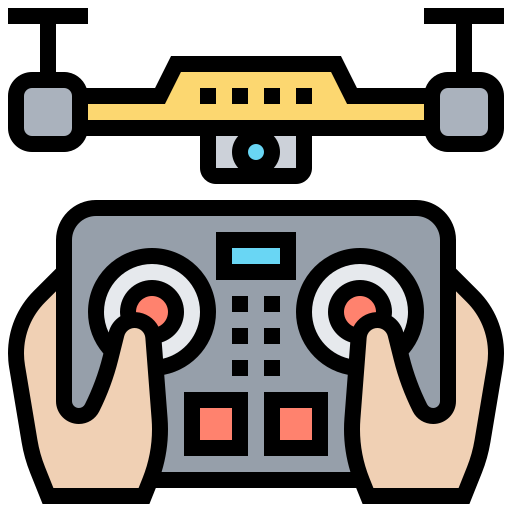In a world where technology continues to revolutionize the way we capture and analyze data, one method is soaring above the rest – quite literally. Drone photogrammetry is taking the field of remote sensing to new heights, offering a unique perspective that was previously only accessible through expensive and time-consuming methods. Join us as we explore the exciting possibilities of this cutting-edge technology and uncover the ways in which it is reshaping the way we see the world around us.
Understanding Drone Photogrammetry Basics
Drone photogrammetry is a cutting-edge technology that involves the use of drones equipped with cameras to capture aerial images of an area. These images are then processed to create 3D models, maps, and measurements. It is a cost-effective and efficient way to gather data for various industries such as construction, agriculture, surveying, and more.
Understanding the basics of drone photogrammetry is essential for anyone looking to take advantage of this powerful tool. By learning about the different types of drones, cameras, and software available, as well as best practices for capturing and processing images, you can harness the full potential of this technology. With drone photogrammetry, the possibilities are endless in terms of data collection, analysis, and visualization.
Key Benefits of Utilizing Drone Photogrammetry for Mapping and Surveying
The utilization of drone photogrammetry for mapping and surveying offers a multitude of key benefits that can revolutionize these industries. One major advantage is the ability to capture high-resolution aerial images with precision and accuracy, providing detailed data for analysis and decision-making.
Additionally, drones equipped with photogrammetry technology can cover large areas in a fraction of the time compared to traditional surveying methods. This efficiency not only saves time and resources but also allows for more frequent and up-to-date mapping, leading to improved planning and monitoring of various projects.
Expert Tips for Achieving High-Quality Results with Drone Photogrammetry Technology
When it comes to utilizing drone photogrammetry technology, there are several expert tips that can help you achieve high-quality results. One important tip is to carefully plan your flight path to ensure maximum coverage and accuracy. Using a grid pattern or double grid pattern can help you capture the necessary data from multiple angles for more precise mapping.
Additionally, calibrating your camera settings and choosing the right weather conditions are crucial for obtaining clear and detailed images. Processing the data with reliable software like Pix4D or DroneDeploy can also make a significant difference in the quality of your photogrammetry results. By following these expert tips and techniques, you can elevate your drone mapping projects to the next level.
Closing Remarks
drone photogrammetry is a powerful tool that continues to revolutionize the way we capture and analyze data from above. With its ability to quickly and accurately collect high-resolution imagery, this technology opens up endless possibilities for industries ranging from construction and agriculture to environmental monitoring and urban planning. As we look to the future, the potential for drone photogrammetry to transform our world is truly limitless. So, whether you’re a seasoned professional or just starting out, harnessing the power of drones in photogrammetry is sure to take your projects to new heights.
